Strengthening the back muscles: the role of the physiotherapist
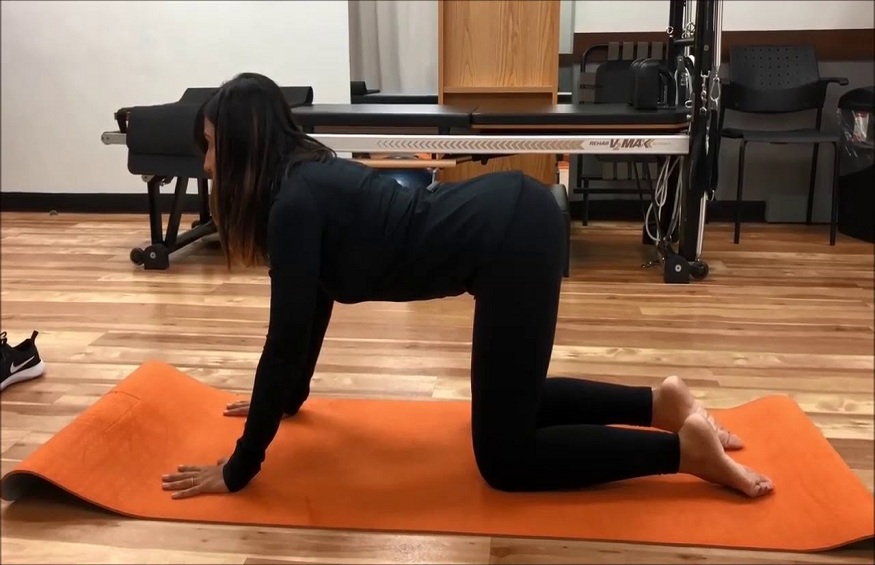
Stillness relieves and repairs. But excessive rest reduces physical condition and weakens musculature. It is therefore a question of finding the balance point between inactivity and the rapid resumption of movement, strongly recommended by the doctor. Indeed, all recent scientific studies have proven it. It is necessary to resume an activity as quickly as possible, even moderate. Maintaining forced rest is to be avoided.
Fear of movement
When a person avoids any movement for fear of having more pain and locks himself in this attitude, we speak of kinesiophobia. It increases the risk of chronic low back pain and worsens the loss of physical condition that is often the basis of the low back pain process .
Low back pain – Daily life – Changing your life
In case of acute low back pain , massages and manipulations are not necessary. However, certain muscle stretches or careful and well-conducted manipulations can sometimes relieve the pain.
During this period, the role of the physiotherapist is above all preventive. It helps to identify gestures that hurt, at work and / or at home. He can also start teaching a preventive gesture.
In some cases, it is important to adapt the furniture or the work tool in order to eliminate risky positions.
The goal? Do not just make the symptom disappear, but allow the person to integrate a better hygiene of life, essential to avoid relapses or the use of surgery.
After the crisis
Once the crisis is over, the correction of faulty movements must continue. Stretching and strengthening the muscles of the back and abdomen may also begin. All of this learning should give rise to new behaviors and a rapid return to normal in professional, sports and recreational activities.
Low back pain – Day to day – The role of the physiotherapist
The “Back schools” welcome people suffering from chronic low back pain or having undergone a back operation. They bring together doctors, physiotherapists, occupational therapists, dieticians and psychologists, often in hospitals. They allow you to go further than traditional physiotherapy thanks, among other things, to the learning of better pain management as well as to a better adaptation to the domestic and professional environment.
Various studies have shown that the most effective treatments to fight low back pain combine physical exercise programs with this type of comprehensive care. The rehabilitation treatments of the “back schools” are subject to a significant reimbursement, after agreement of the medical adviser.
Controversial methods
Tractions, EMG biofeedback (technique which makes it possible to become aware of the activity of the muscles), massages, electro therapies, ultrasounds, hydrotherapy or even lumbar corsets have not proved their effectiveness and may prove to be dangerous. Manipulations can also be risky in acute situations, especially when performed without radiological examinations. Indeed, manipulating a spine in a patient who suffers from cancerous metastases can have catastrophic consequences
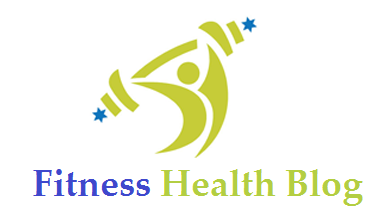
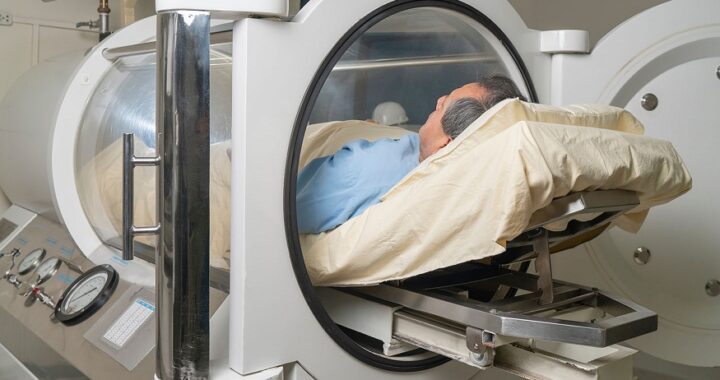 Hyperbaric Oxygen Therapy in Reproductive Medicine
Hyperbaric Oxygen Therapy in Reproductive Medicine 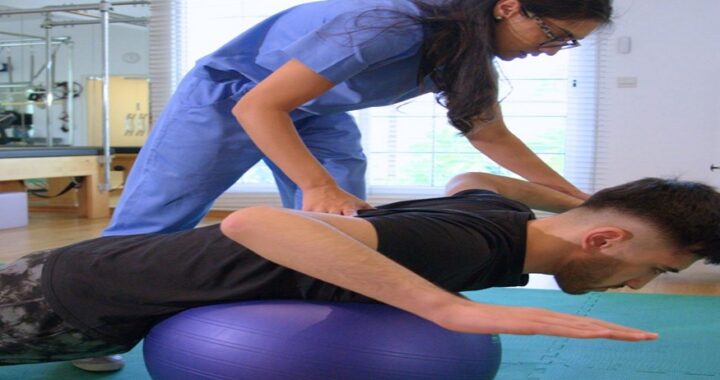 How Therapy Helps in Managing Anxiety: A Guide for Beginners
How Therapy Helps in Managing Anxiety: A Guide for Beginners  Racing Thoughts: How to Prevent Your Mind from Racing
Racing Thoughts: How to Prevent Your Mind from Racing 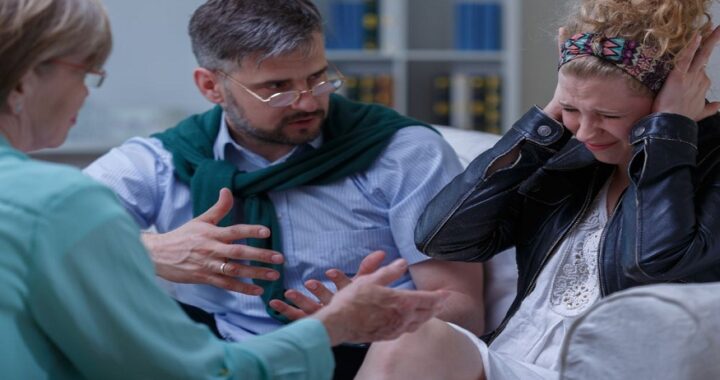 Can Therapy Save Your Relationship?
Can Therapy Save Your Relationship? 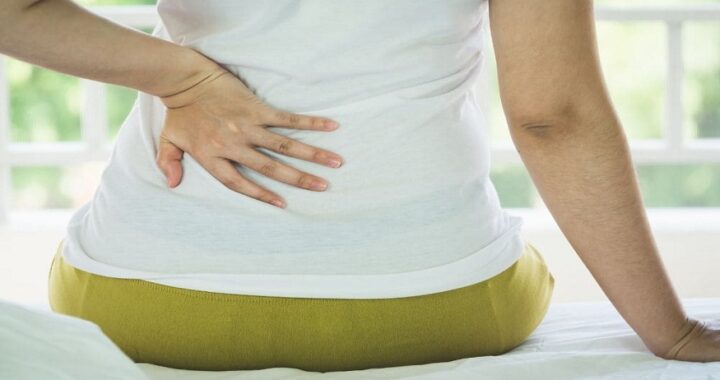 5 Therapies to Help You Manage Your Chronic Pain
5 Therapies to Help You Manage Your Chronic Pain 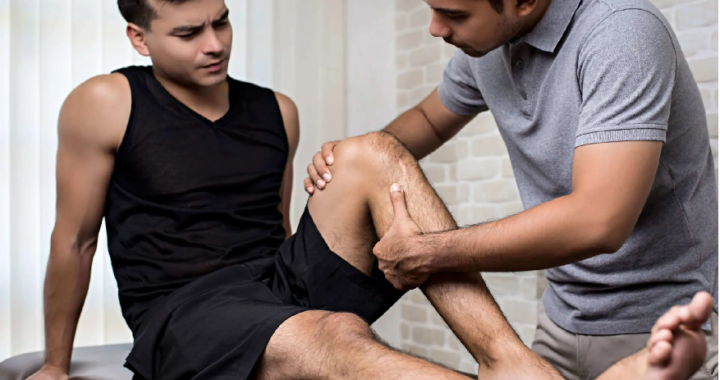 Importance Of Sports Massage In 2022
Importance Of Sports Massage In 2022 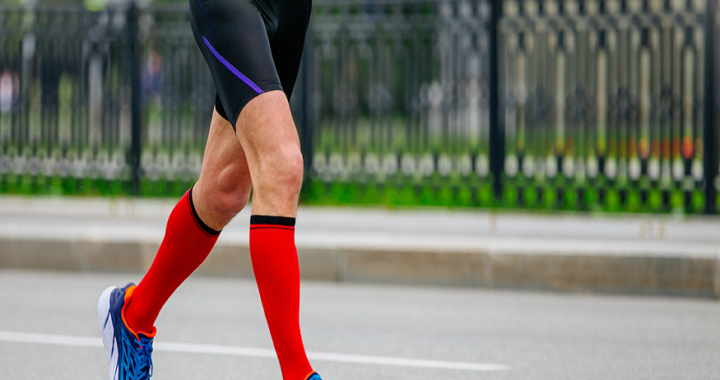 The Aesthetic and Functional Benefits of Compression Gear
The Aesthetic and Functional Benefits of Compression Gear 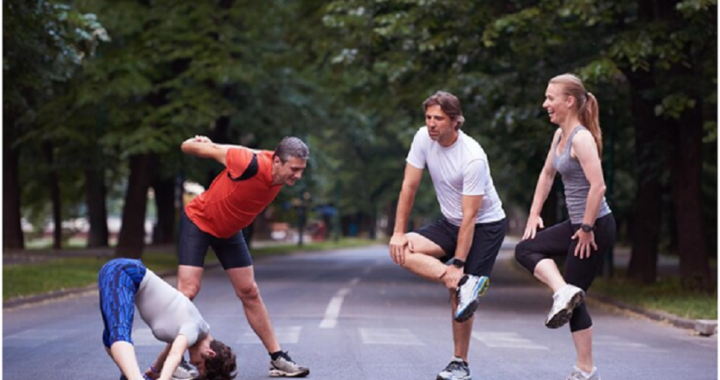 Types Of Physical Activities You Can Undertake From Today
Types Of Physical Activities You Can Undertake From Today 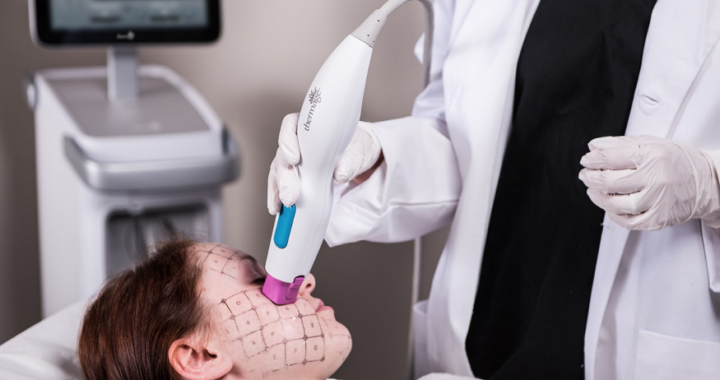 Why Is Thermage FLX So Expensive in Singapore
Why Is Thermage FLX So Expensive in Singapore